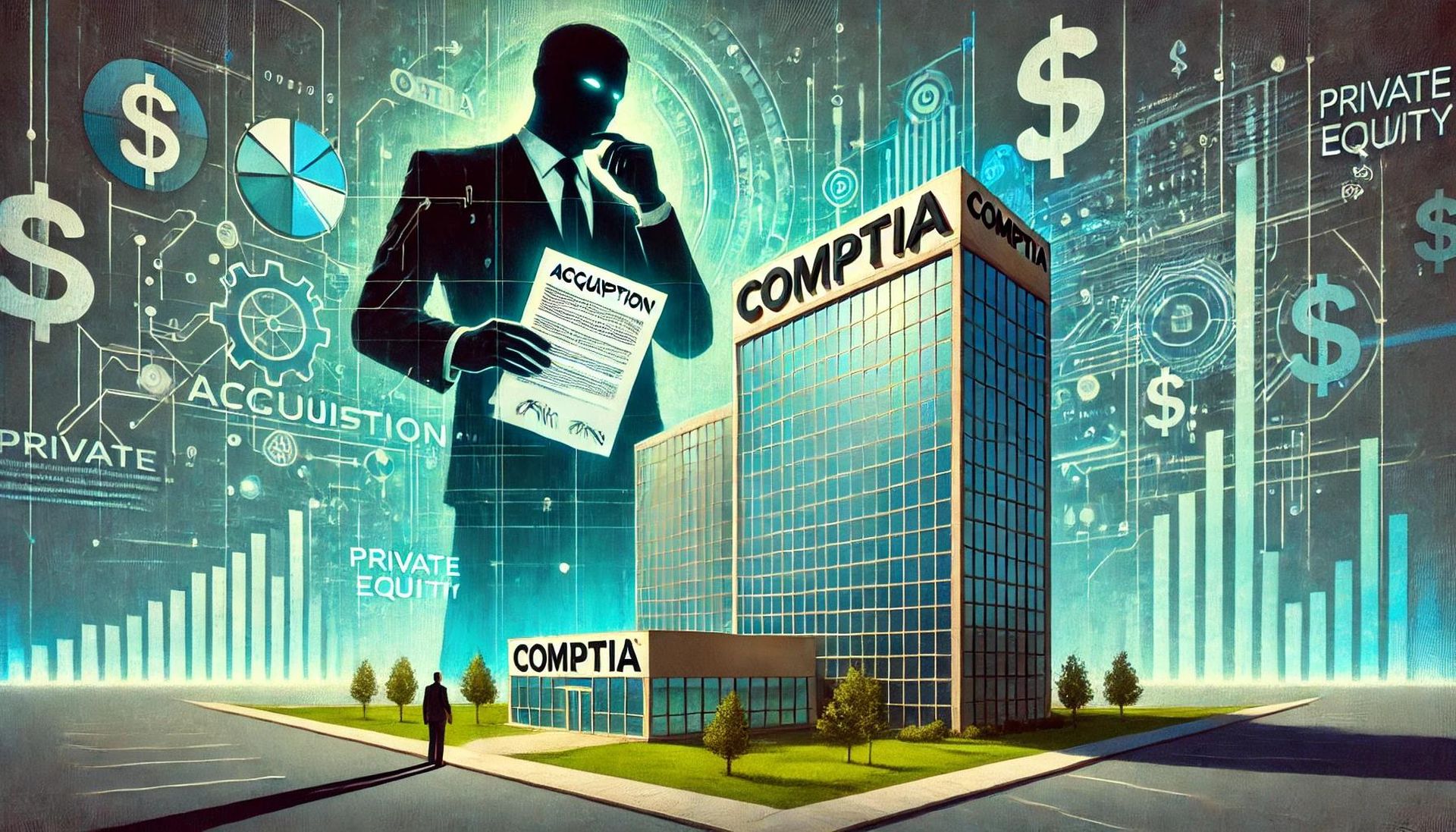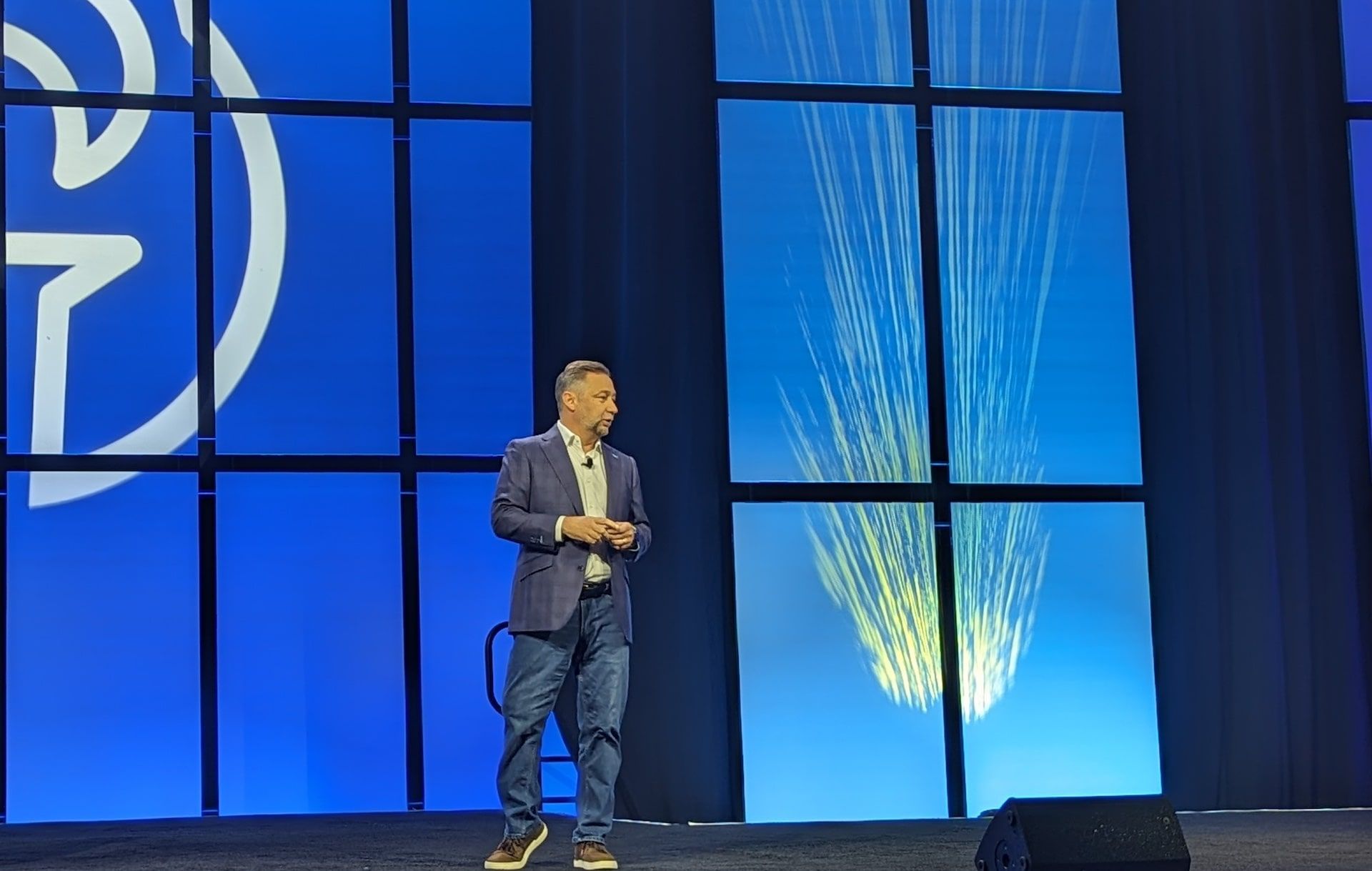Businesses have automated manual jobs ever since the dawn of the Industrial Revolution. Yet if your operational strategy regarding automation dates back even just a few short years, there are new possibilities and societal concerns to consider. The traditional view (and perceived threat) regarding automation is that it’s a direct replacement for human labor: plug in machine, lay off employees, reap profits, stock soars.

Actually, the full story is quite different. We’ve found that when companies use automation purely to replace labor within a given analog process, they often miss big, transformational opportunities and end up with less than expected. Even the modern innovator Elon Musk faced the specter of over-automation by having robots completely on point to assemble his Teslas. His direct Twitter quote: “Yes, excessive automation at Tesla was a mistake. To be precise, my mistake. Humans are underrated.”
It’s clear what some companies may be getting wrong. It’s the preconceived notion that technology can be a total replacement for human workers in the first place. Automation is best leveraged when it augments human effort and enables entirely new processes to form where machine and the human are more effective together. When automation handles routine tasks, human workers gain more freedom to focus on complex exceptions and decisions requiring real-time intervention. We need our workforces to handle the difficult issues such as sensitive interactions with customers or tackling ethical decisions.
Research from MIT supports this point-of-view. Here’s how Jeanne Ross, Principal Scientist at the MIT Center for Information Systems Research, puts it in an article from MIT Sloan Management Review: “Companies that view smart machines purely as a cost-cutting opportunity are likely to insert them in all the wrong places and in all the wrong ways.” Our colleagues Paul R. Daugherty and H. James Wilson at Accenture make a similar point in their book “Human + Machine: Reimagining Work in the Age of AI”: “When people simply accept an existing process and then use AI to automate it, they can achieve incremental improvements, but little more.”
At Avanade, we call this Human-Centered AI. And we’re helping clients put this capability to work. In the food and beverage industry automation can help load balance where employees need to be to better service customer surges. Pilots are in motion to use automation to anticipate needed inventories and order supplies to reduce waste. That said, for companies to be successful they need to maintain their human touch. Customers get better service, employees are empowered to do their best, and the company increases their bottom line. This is not about shiny robots flipping burgers for less than minimum wage or experienced employees being displaced in fully-automated manufacturing plants.
You can leverage a human-centered automation approach as well. These four tips will accelerate your journey:
- Develop an appropriate data strategy. AI and smart automation are also about making connections between collected data to develop new insights. This means that companies need to make thoughtful decisions about which data to collect, and then collect that data at scale to see patterns that may be acted upon.
- Engage your employees early. Too many companies develop AI and intelligent automation plans in secret, fueling employee rumors and fears. Instead, empower employees by bringing them into the design and planning phases. You’ll get great ideas--and they’ll get greater peace of mind.
- Plan for your people. Intelligent automation may eliminate some jobs, but it will often create new roles that didn’t exist before. Give your workers the training they need to step into these new opportunities and fully exploit their potential.
- Test and learn. Think agile. Get prototypes into the field and refine through feedback. You’ll want to explore your own future disruption before your competition does.
Like so much of business strategy, the success of intelligent automation is all in the mindset. Don’t think of traditional workers and automation in discrete, black-and-white terms. It’s what you do in the gray zone between that will make all the difference.
Learn more about how you can achieve more with human-centered artificial intelligence.
Peter Rivera leads the Avanade's Digital Advisory practice in North America. Read more Avanade blogs here.




